SUMMARY
This is AI generated summarization, which may have errors. For context, always refer to the full article.
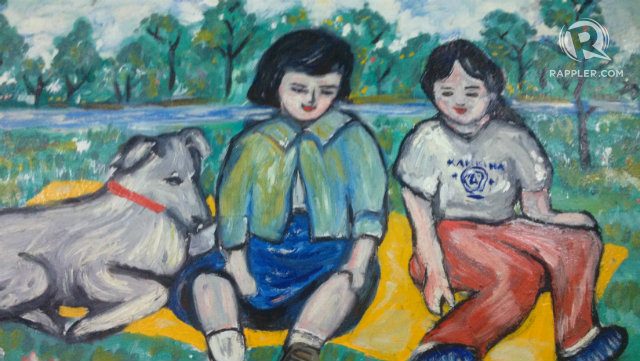
MANILA, Philippines — Her father raped her from age 11 to 15.
Liar, her rapist accused her. Drop the case, her mother ordered.
The family of 7 lived in a small Laguna town. The house was empty, except for the two.
The first rape happened that day, on the family’s papag (bamboo bed). All succeeding rapes also happened at home.
Never tell your mother, he warned.
At 17, she eloped and married. Who came before me, her husband probed. My father, she answered.
She then asked her aunt – her mother’s sister – for help. Together they reported the case to the police, skipping the barangay where her father worked as secretary.
Her mother questioned her aunt’s actuations; the rape destroyed their sisterhood. She wept as her mother defended her rapist. Meanwhile, her father denied the sexual abuse, but admitted the physical abuse – the ropes for tying down children, the punches for disciplining them.
If the rapes began in 1987, why complain only in 1994? She was asked at home, in courtrooms, and even on the streets.
Nobody listened, nobody understood her. “Incestuous sexual affairs are generally treated with disdain and stigma, a taboo in this family-oriented society that may haunt any family for generations,” the court decision read.
In 1996, the court found her father guilty of rape. At the time, the Philippines still allowed the death penalty, but her father was sentenced to reclusion perpetua only.
The girl lost both parents.
Many other children live the same tale. Sometimes justice is served, no matter how slowly; other times, it is not. Some parents protect children from monsters, others prey on their own.
Young, abused
In 2014, over a thousand cases of sexual abuse among both girls and boys were served by the Department of Social Welfare and Development (DSWD). 39% of them involved incest.
| Child sexual abuse cases served by DSWD |
|||
| Total sexual abuse cases | Rape | Incest | |
| 2011 | 1,401 | 885 | 401 |
| 2014 | 1,162 | 659 | 449 |
(Source: DSWD)
Sexual abuse had the second highest number of cases, next to abandonment and neglect. It comprised a quarter of all child abuse cases handled by DSWD in 2014; half of these children were under 14.
These figures, however, do not reflect the entire story since not all cases are reported.
“There’s absence of knowledge of abuse and how to report it,” said Glenda Obligacion of CRIBS Foundation, a non-governmental organization (NGO) supporting children.
Abuse may be reported to barangay halls, which will assist them, to local social welfare offices, or the police. Social workers must assess whether children can safely return home or must stay in government or NGO shelters. Not everyone, however, is aware of these procedures.
“There’s also a misconception that reporting is expensive,” Obligacion said. Families may seek assistance from social workers to link them with the Department of Justice (DOJ), DSWD, or NGOs. Everything is free of charge.
All barangays and police stations are also mandated by law to have VAWC (Violence Against Women and Children) desks and personnel training to ensure that cases are “addressed in a gender-responsive manner.”
“We’re first line of defense for the abused. Our desks and personnel are active,” said Juanita Nebran, chief of the PNP Women and Children Protection Center. Barangays must also have councils for the protection of children, ensuring availability of psychosocial programs, among other services.
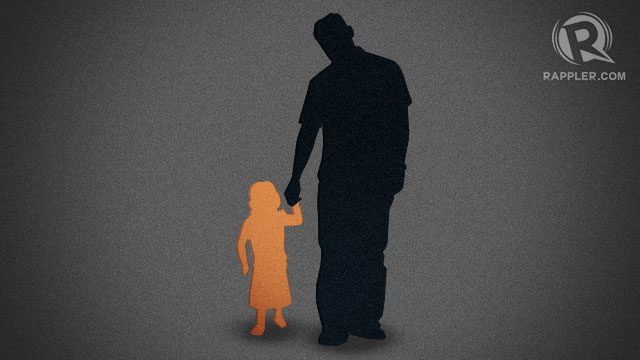
Unfortunately, not all children are born to supportive parents.
When children cannot trust their own families, they may approach guidance counselors – who are part of the school’s Child Protection Committee, as mandated by the Department of Education.
To assist abused girls, DSWD provides temporary residential care, rehabilitation services, parenting education, and case management.
Meanwhile, the Department of Health runs Women and Children Protection Units (WCPU) – providing VAWC interventions – among DOH-retained and LGU-supported hospitals.
As of 2011, there are only 38 units nationwide. Although there are efforts to multiply WCPUs, “Doctors and social workers are reluctant to take on the task due to heavy workload of women and child protection work, lack of training and feeling of inadequacy, and the nature of work,” DOH reported.
Despite the country’s many laws, implementation remains problematic, advocates say. As a result, not all children receive help.
“Discrimination is with the abused, not the abuser,” Obligacion observed. “Don’t judge victims. It takes a long time to report abuse for individual reasons, such as fear – of ruining the family’s reputation, of abusers’ threats, of stigma.”
Home
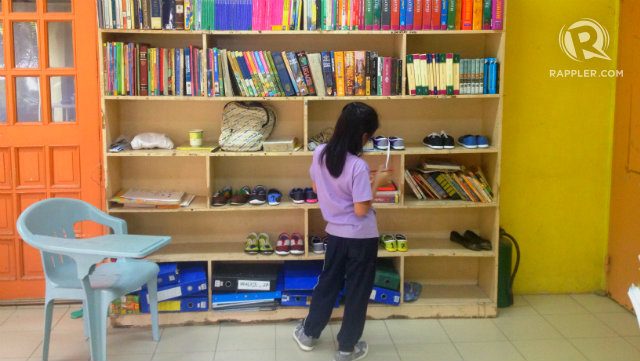
At present, the youngest residents at CRIBS are a pair of sisters aged 7 and 8.
The NGO has been running a “healing and recovery” program for poor and sexually abused minor girls since 1986, providing shelter, education, health, foster care, therapy and counselling services.
“There’s an increasing trend in incest,” observed Jennylyn Imbat, a CRIBS social worker. “Often times, there’s no mother figure at home or the mother is subordinate and dependent on the father.”
She added that information dissemination is problematic in remote rural areas, leaving parents uninformed about child abuse. Some parents even act as pimps.
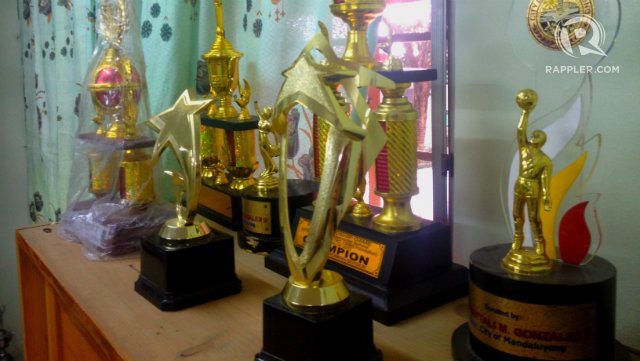
CRIBS believes that education and empowerment for adults and children alike are necessary to eliminate abuse.
“Some adults doubt children about being abused,” Imbat said. “The most important help we can do is listen. If we don’t, we weaken children’s morale and create distrust.”
“It takes a lot of courage for a child to speak up,” she added.
She also noted how some courts are not child-friendly, “Some lawyers intimidate, almost harass, children.” She hopes courts can act faster, especially on cases involving children.
Everything begins at home, Imbat stressed, including the power to prevent abuse. She shared some advice for parents and the public:
- Communicate openly with children
- Observe children’s behavioral and physical changes (i.e., moody, aloof, inactive, bruises)
- Know who they’re with and what they’re doing when not home
- Educate children about their rights (i.e., improper areas to be touched, people and activities to avoid, how to report abuse)
- Use proper terms when discussing sexuality education (i.e., penis instead of bird)
- Never blame victims
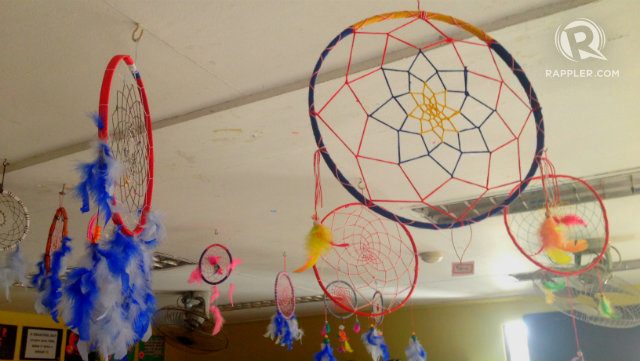
At the end of the program, the girls at CRIBS undergo post-residential care which helps them reintegrate with their families. If her family is dysfunctional, she is referred for foster care or NGOs that accomodate girls above 18. CRIBS also supports their college education or vocational training through sponsors.
“Some girls return to CRIBS as adults to volunteer,” Obligacion said. “Some are teachers, psychologists, social workers. They become advocates too.”
Although there are many other NGOs like CRIBS, not all children manage to escape their abusers. The biggest prisons, for some children, are their own homes. – Rappler.com
You can report child abuse cases to the following, according to DOJ:
- DSWD or the Child Health and Intervention and Protective Service (CHIPS): 734-4216
- NBI Anti-Child Abuse, Discrimination, Exploitation Division: 525-6028/525-8231 loc. 403 & 444
- Commission on Human Rights Child Rights Center: 927-4033
- PNP Operation Center: 722-0540 or your nearest police station
- DOJ Task Force on Child Protection: 523-8481 to 89, loc. 378 or your nearest Provincial, City or Regional Prosecutor
- Your nearest local social welfare office or the Local Barangay Council for the Protection of Children
To learn more about CRIBS Foundation, visit their website here.
Got stories to tell? Share your articles or ideas on children’s, women’s, and gender issues with move.ph@rappler.com. Speak up on #GenderIssues.
Add a comment
How does this make you feel?
There are no comments yet. Add your comment to start the conversation.